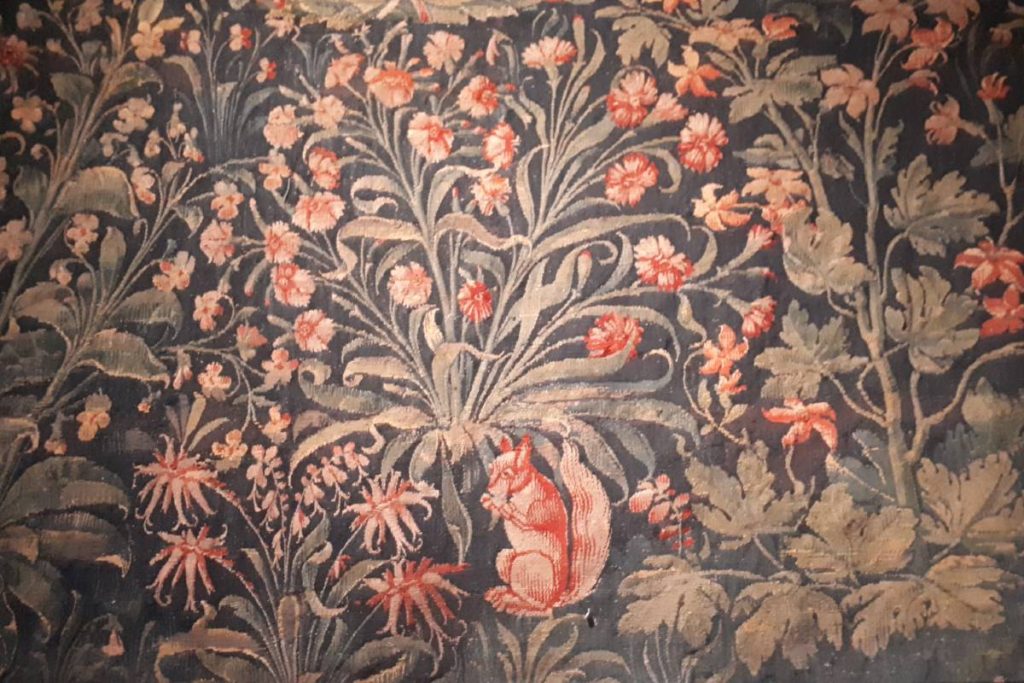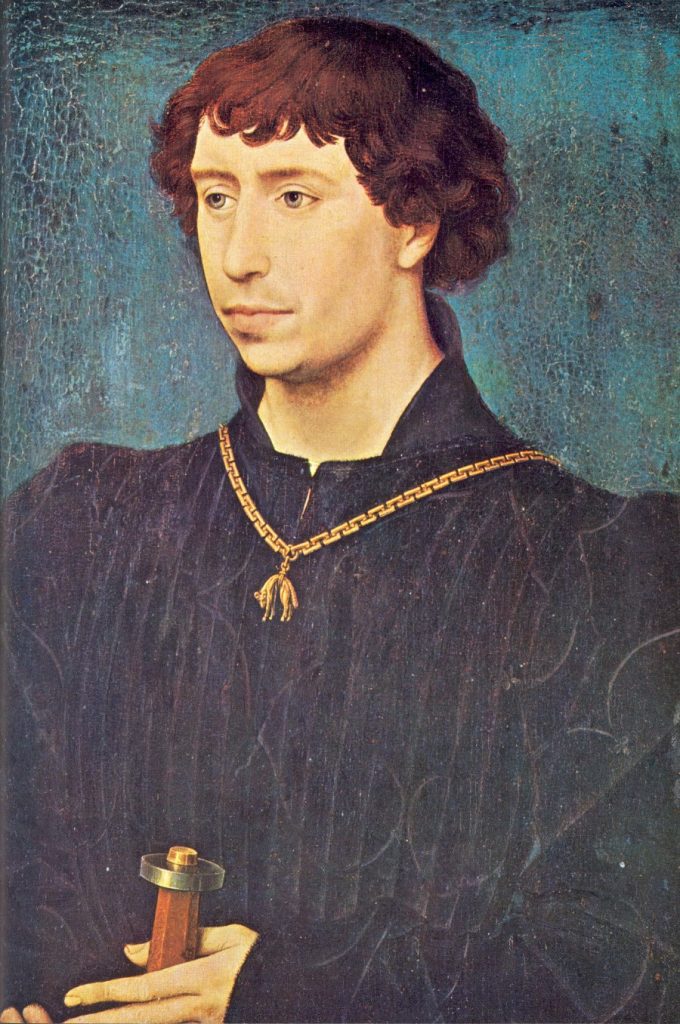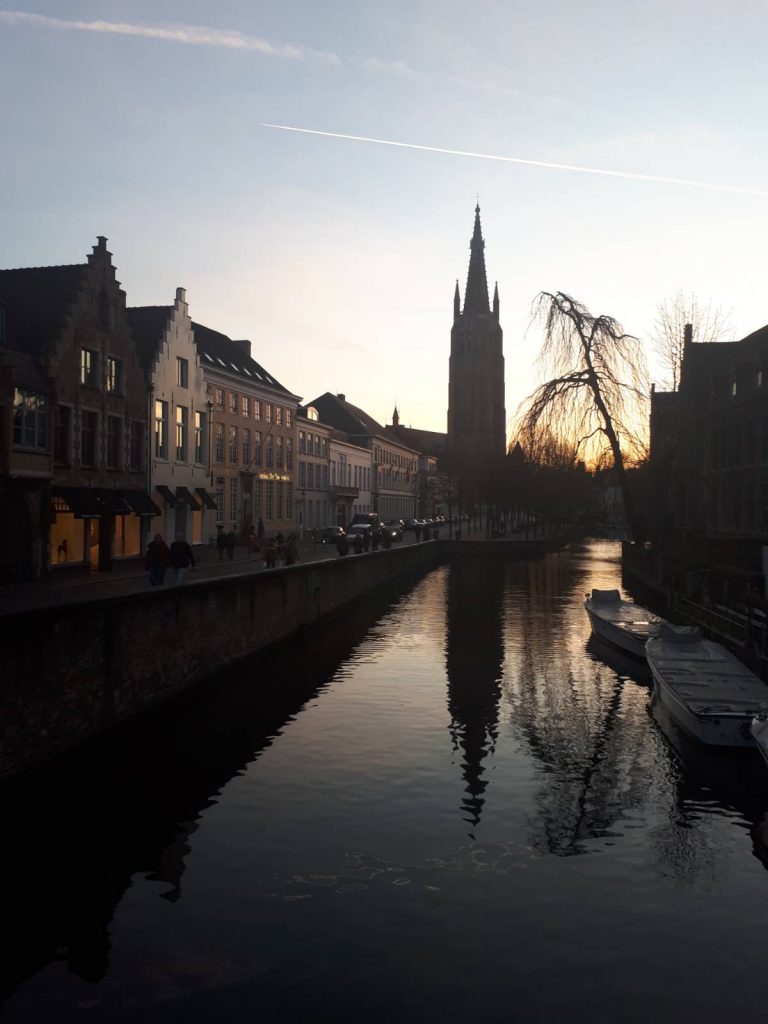Fantasy Friday: Bruges Coulda Been a Contender

Bruges is crazy beautiful. Every bit as pretty as you’d expect a Hanseatic canal city to be, and even more opulent too. Particularly in January, it’s easy to wander cobbled streets and arcing bridges, soak up stepped gables, medieval squares and Brabantine Gothic belltowers, and pause occasionally for Belgian beer, chocolate or modern Flemish fine dining.
But what bewildered me about Bruges was the city’s wealth. During medieval times, it was a centre of the decorative arts, from painters like Jan Van Eyck to the unsung women who created gorgeous tapestries under men’s brand names and phantasmagorically delicate lace under, occasionally, their own.

Next door to the Gruuthusemuseum which holds these kinds of treasures, the Onze-Lieve-Vrouwekerk church houses a jaw-dropping Michelangelo Madonna – surrounded by a streaky marble baroque confection that’s close to criminal.
And it also holds the tombs of a father and daughter, Charles the Bold and Mary of Burgundy. “Bold” is a bit of a euphemism for Charles. When he inherited Bruges, as Duke of Burgundy, his lands covered great swathes of what is now the Netherlands, Belgium, Luxembourg and France, and looked set to form the kernel of a European nation that could have rivalled and perhaps ultimately absorbed France.
Bruges, an important port, home to the court of a great lord, one of Europe’s earliest stock exchanges, and a wealth of gorgeous art and architecture, could have grown to the size of Paris and changed the shape of history.

But there was a problem. Charles may have been gay, and he certainly only produced one legitimate heir, Mary, who barely counted, being a girl. And, while still possessed of this solitary, female heir, he was unwise (or bold) enough to invade Switzerland, a nation famed for two things: towering Alps and enormous, cheese-fed mercenaries.
This did not go well for him. Charles’s body was found in a stream after the Battle of Nancy, so badly disfigured by halberds, lances and wild animals that only his personal physician could identify it. Mary, a power player, negotiated a successful marriage to a Habsburg Holy Roman Emperor, only to die in her 20s after a hunting accident – having produced two surviving children.
And so Bruges fell into decline. The Habsburgs moved their base away, created the empires of Spain and Austria-Hungary, and intermarried so vigorously that they spawned the Habsburg jaw.

And poor little Bruges withered on the vine until Leopold II, the Belgian king best known for the gothic atrocities he oversaw in the Congo, decided it could rival Nuremberg for charm and gave it a lift and dust.
In normal times, this tiny city, with a population just into six figures, hosts over eight million visitors a year. If you visit, come far out of season, take the train and stay a few days.
